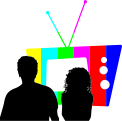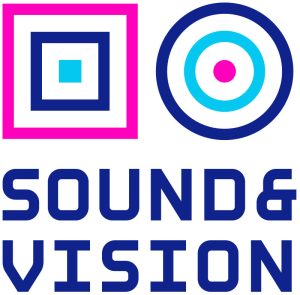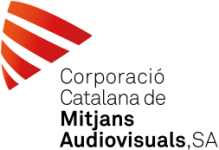 “Watching Videos Like a Historian” brings together history and media professionals across Europe in order to create a toolkit that would help students to critically approach and assess audio and visual information and develop their media literacy and critical thinking skills.
“Watching Videos Like a Historian” brings together history and media professionals across Europe in order to create a toolkit that would help students to critically approach and assess audio and visual information and develop their media literacy and critical thinking skills.
Why this project?
The way in which people find and process information has radically changed in the last decades. The digital age has challenged people’s ability to critically engage the information they encounter and substantially undermined trust in traditional media and knowledge institutes. Moreover, as individuals share more and more personal information, companies and private interests tailor their messaging to match people’s interests and echo their beliefs, which has a polarising effect on society. This has resulted in the spread of propaganda, misinformation and the rise of populism, which runs counter to the basic tenets of a diverse, inclusive and equitable society.
High quality education is the best defense mechanism that we have to counter these developments. We believe that if all young people are equipped with the instruments and critical thinking skills necessary to critically engage with the media, the spread of misinformation will stop. For this to happen, young people must be able to critically approach audiovisual sources, as this format is ubiquitous nowadays, and videos have high levels of impact and influence in higher education.
History and citizenship education are especially suited to develop students’ media literacy skills, especially when it relates to issues that require moral judgement and the trustworthiness of sources. In the history classroom, students learn critical thinking skills, how to evaluate sources and judge the trustworthiness of the information.
This project will concretely result in:
- An analysis of how audio-visual materials are used for education, what are the challenges teachers, students, and educators face, and what can be done to face them. This analysis is carried out in our State of the Field Report, which is now available at this link!
- An analysis of what are the media literacy competencies needed in history and citizenship education, and how they are supported by audio-visual materials. This analysis resulted in a Media Literacy Competence Framework, available in English, Spanish, Catalan, Dutch and Polish.
- A toolkit for educators, including tips and tricks and practical approaches on how to bring audio-visual materials to the classroom to promote critical thinking and digital competences. Version 1 of the toolkit can be downloaded here!
- A guide for cultural heritage practitioners on how to uncap the potential of audio-visual materials for classroom use.
- A series of in-person and online teacher training workshops on the use of audio-visual materials to promote critical thinking and digital literacy skills.
At the end of the project, we expect that:
- The documents developed in this project will equip teachers and students with the right tools and competences to become a smart consumer and producer of information.
- Teachers who use the toolkit produced in this project will be able to promote and assess critical thinking skills, digital skills and media literacy in the classroom.
(Cover image source: Sam McGhee Public domain, via Unsplash)
Funded by the European Union. Views and opinions expressed are however those of the author(s) only and do not necessarily reflect those of the European Union or the European Education and Culture Executive Agency (EACEA). Neither the European Union nor the granting authority can be held responsible for them.
Latest project results
- The WATCH Media Literacy Competence Framework (English, Spanish, Dutch, Catalan, Polish)
- Watching Videos Like a Historian Toolkit (version 1) – version 2 coming soon!
- Practitioner’s Guide for Audiovisual Collection Holders
- State of the Field Report on Media Literacy supported by AV collections
- Capacity Building Report
If you wish to learn more about the Toolkit, Europeana and the project consortium have developed an online course. Click here to access it!
Project Coordinators
- Ivan Milovanov, Project Manager
- Steven Stegers, Executive Director



